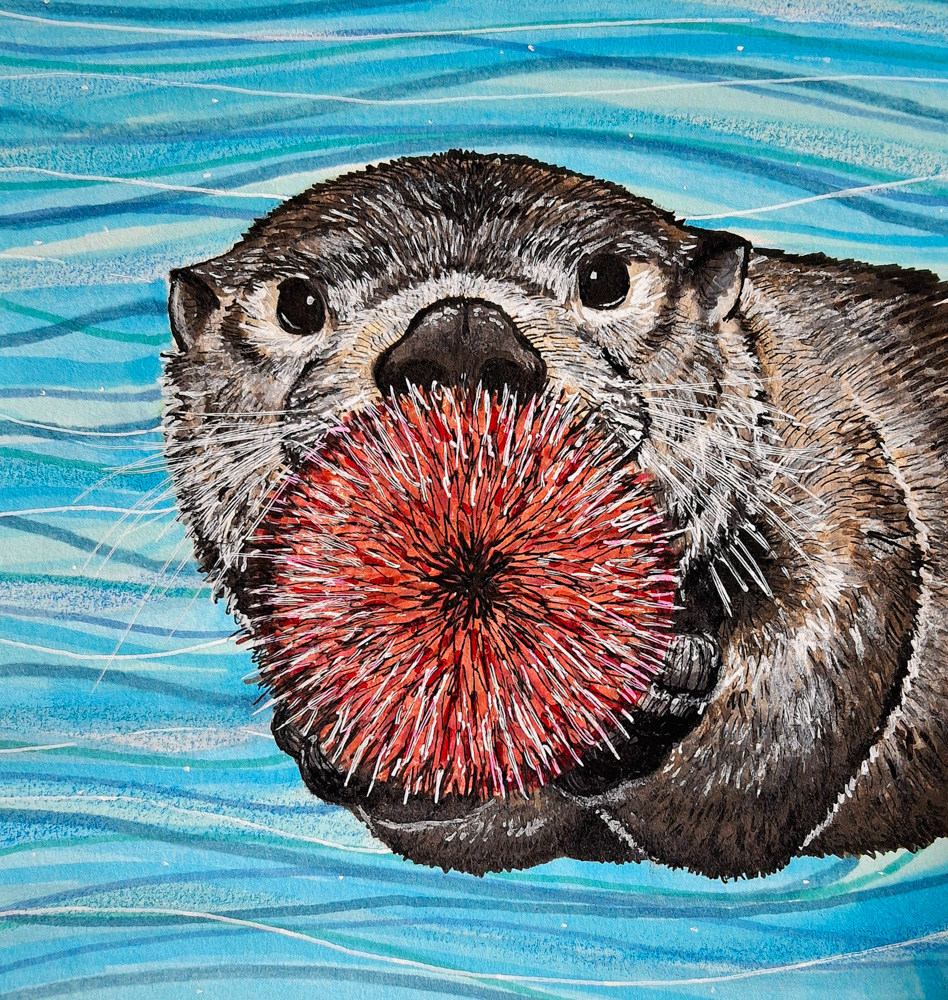2025 Science Without Borders® Challenge Finalists: 15-19 year old students
The response to our 2025 Science Without Borders® Challenge has been overwhelming! We’ve been blown away by the sheer number of submissions we received from aspiring young scientists and artists worldwide. These gifted students come from all over the globe, including The Bahamas, Canada, China, Greece, Japan, Indonesia, Korea, Thailand, and the United States. Their artwork brings the 2025 theme, “Marine Keystone Species,” to life in extraordinary ways. From intricate illustrations of krill and coral to impactful portrayals of sharks, sea otters, polar bears, mangroves, and more, each piece highlights the essential roles these species play in maintaining ocean balance and biodiversity.
Entries to the Science Without Borders® Challenge are judged in two categories based on age. Here are the finalists selected from the older group of applicants, students 15-19 years old:
"Snacking on the Go to Help Marine Life Grow" by Jessica Lawson, Age 17, United States of America
ARTIST'S STATEMENT: My artwork depicts a cute sea otter snacking on a sea urchin. Sea urchins prevent the growth of sea grass and kelp since it is part of their diet. The aquatic plants that sea urchins munch on make great homes and food sources for other sea creatures. If there were too many sea urchins, there would not be enough kelp forests and seagrass for the rest of the marine life. Also, these aquatic plants help maintain water quality by filtering pollutants, absorbing carbon dioxide, and stabilizing the seabed with their roots, preventing erosion. Sea otters save their ecosystems by balancing the sea urchin population, promoting more biodiversity and healthier waters.
